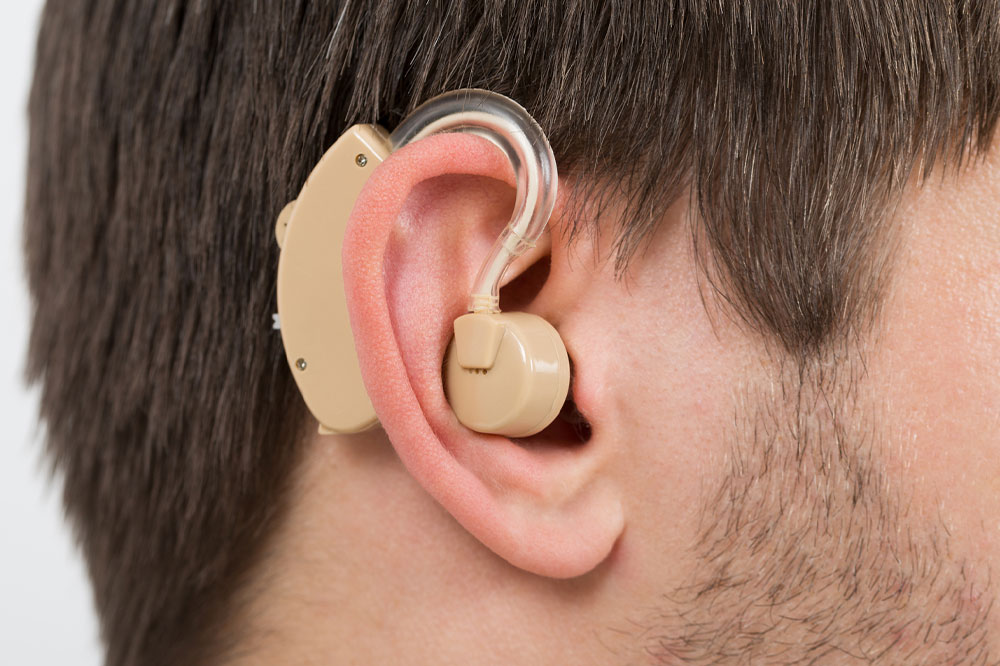
Hearing aids 101 – How to choose the right one
As the name suggests, hearing aids are small electronic devices that are worn inside or behind the ear to increase the ability to hear. They work by amplifying sound and making it louder so that a person with hearing loss can detect and understand sound better. Hearing aids are designed to fit comfortably while providing good sound quality. Moreover, these devices come in a variety of styles and features to choose from.
How do hearing aids work?
Hearing aids use small microphones to pick up sound, which is then amplified and adjusted depending on the user’s hearing needs. This amplified sound is then transmitted to the ear via a tiny speaker. The hearing aid also contains a battery, which powers the device.
Different types of hearing aids
Hearing aids are available in various styles and features, making them suitable for different types of hearing loss. The most common ones are behind-the-ear and in-the-ear. Let’s look at some of the common hearing aid types.
- Behind-the-ear (BTE)
BTE hearing aids fit behind the ear and are connected to a ear mold or dome that fits into the ear canal. These hearing aids are well-suited for people with mild to profound hearing loss. They provide excellent sound amplification, are easy to use and handle, and have adjustable volume controls. - In-the-ear (ITE)
It fits inside the ear and can be used for mild to severe hearing loss. These hearing aids are easy to adjust and maintain and provide good sound quality. - Receiver-in-canal (RIC)
They are similar to BTE models, but the amplifier is located in the ear canal instead of behind the ear. These devices are lightweight, discreet, and provide excellent sound quality. - In-the-canal (ITC) and completely-in-the-canal (CIC)
ITC and CIC hearing aids fit inside the ear canal and provide a high degree of discretion and natural sound quality. They can be adjusted to fit snugly inside the ear canal, making them ideal for people with mild to moderate hearing loss.
The type of hearing aid you choose depends on your needs and lifestyle. While some hearing aid features may be beneficial for one person, they might not be ideal for another.
How to choose the right hearing aid
Hearing aids come in many shapes, sizes, and styles, and deciding which one is right for you can be overwhelming. Here is how to ensure that you make the right choice.
- Consider your lifestyle
If you spend a lot of time outdoors, consider a waterproof hearing aid. If you’re more of a homebody, opt for a digital model offering advanced noise-reduction technology. - Consider the type of hearing loss
Different types of hearing aids are designed to address different types of hearing loss. An ITE hearing aid may be best for you if you have mild to moderate hearing loss. A BTE device may be more appropriate if you have severe to profound hearing loss. - Choose the right size and style
There are several options for the size and style of hearing aids. The smallest models fit entirely inside your ear canal, while the larger models fit behind or on your ear. - Explore different brands and models
Research different hearing aid brands and models before making a purchase. Compare their features, prices, customer reviews, and ratings. Hearing aid prices vary depending on the features. - Consult an audiologist
A hearing care professional can help you select the best hearing aid. An audiologist can provide valuable advice based on your individual hearing profile.
Finally, when picking a hearing aid, consider your budget and the type of hearing loss to choose the best device.




